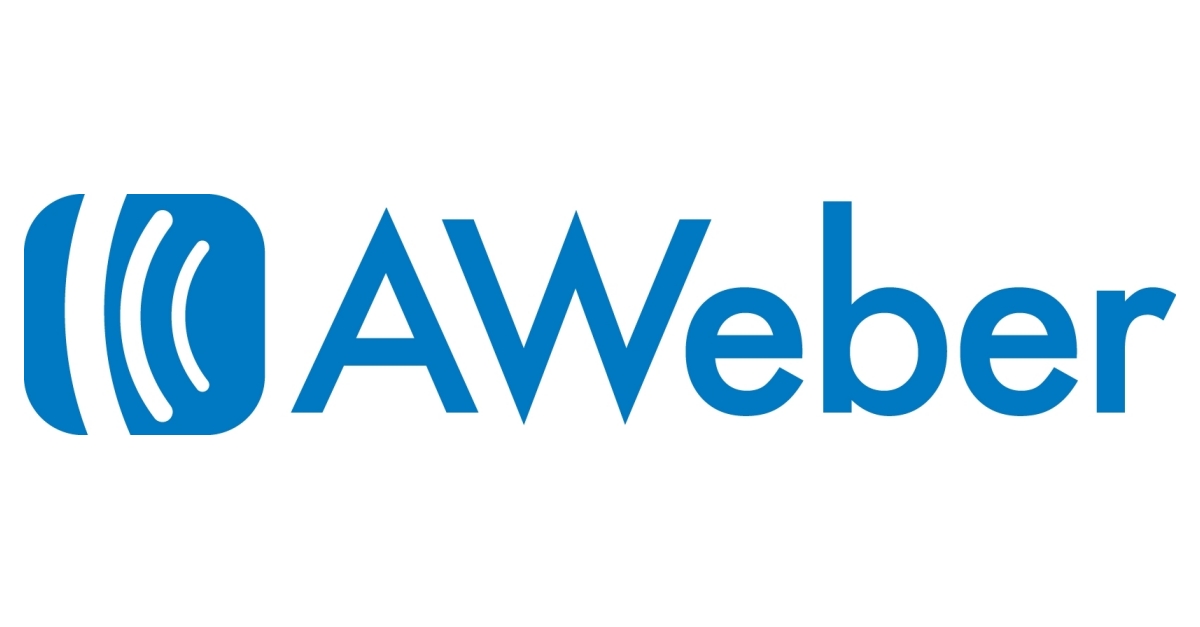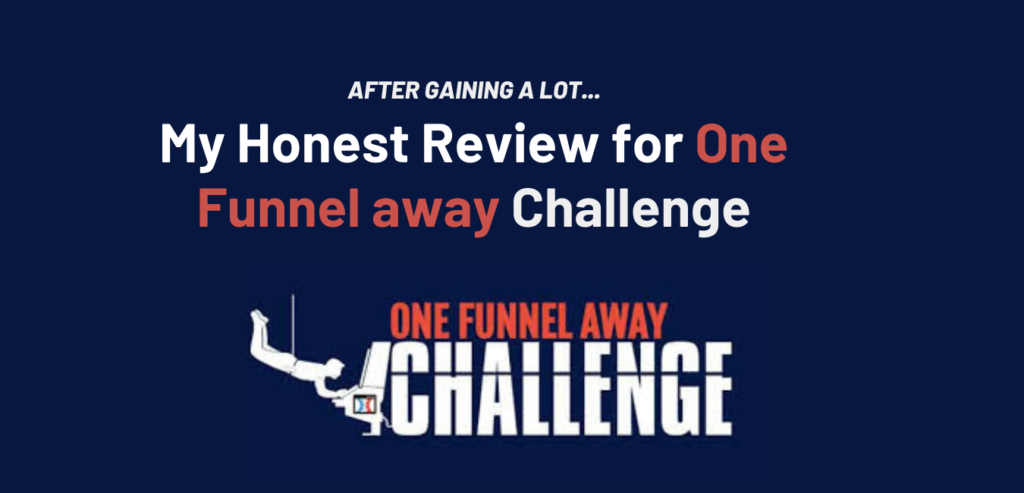AWeber vs GetResponse: Here is our honest comparision between AWeber vs Getresponse email marketing software. Here in this article we will know about Everything of these two software.
AWeber vs GetResponse
What do AWeber and GetResponse do?
AWeber and GetResponse are email marketing platforms that enable you to:
- Manage a mailing list
- Design appealing email templates
- Send out e-newsletters to your list of subscribers.
They also allow you to automate your subscriber communications with ‘autoresponders,’ e-newsletters automatically distributed to your subscribers based on rules you establish.

Pricing for GetResponse
GetRresponse offers different plans:
- Free.
- Basic — for $19 per month, you can send unlimited emails to up to 1,000 subscribers.
- Plus — for $59 per month, you can send unlimited emails to up to 1,000 subscribers.
- Professional — for up to 1,000 subscribers, $119 per month
Landing pages, automation, webinars, and ecommerce features are the main distinctions between GetResponse plans, with more capability being supplied as you spend more.

Pricing for AWeber
You can select between two Aweber plans:
- AWeber (free)- It allows you to utilize the product for free.
- AWeber (pro): The following is the pricing structure for “AWeber Pro,” which unlocks all of the platform’s primary features:
- Up to 500 subscribers: $19.99 for 1 month
- 501 to 2,500 subscribers: $29.99 for 1 month
- 2,500 to 5K subscribers: $49.99 for 1 month
- 5,000 to 10K subscribers: $69.99 for 1 month
- 10,000 to 25K subscribers: $149.99 for 1 month
How do the free plans compare between AWeber vs GetResponse?
When comparing AWeber with GetResponse, the GetResponse’ Basic’ plans are probably the most comparable to all of AWeber’s plans.
At the beginning of the process, GetResponse is the more cost-effective option. If you have a list of 500 to 1,000 subscribers, selecting GetResponse’s Basic plan instead of AWeber’s equivalent will save you $10 a month.
GetResponse, on the other hand, offers significant discounts if you pay for one or two years in advance: 18% and 30%, respectively.
Similarities between AWeber vs GetResponse
AWeber and GetResponse have many similarities, including:
- the ability to collect data
- a large selection of pre-designed, responsive e-newsletter templates
- autoresponder capabilities
- message builders
- integration with third-party tools
Key differences between AWeber and GetResponse
AWeber does not support some GetResponse features:
- Webinars
- A website builder
- Live chat functionality
- Multilingual email marketing
Web fonts in AWeber vs GetResponse
AWeber and GetResponse both have web fonts.
Both AWeber and GetResponse allow you to use web fonts, but GetResponse’s selection is far larger; AWeber only allows you to use a small number of relatively bland Google fonts.
GetResponse has a fantastic range of online fonts.
Getresponse comes with a large selection of web fonts. So it’s a big win for GetResponse when it comes to online fonts.
Email with AMP
AWeber has an advantage over GetResponse — and most other email marketing solutions — in a feature known as AMP for email.
Autoresponders
Autoresponders are emails that are sent to your subscribers at predetermined intervals.
Basic autoresponder capability is available in both AWeber and GetResponse, allowing you to deliver certain e-newsletters based on time intervals.
GetResponse’s autoresponder feature, on the other hand, is far superior to AWeber’s.
- Clickfunnels or System.io – What should be the smart move in 2022
- Clickfunnel Vs Pipeline Pro! What’s fruitful in 2022
- Best WordPress Hosting Provider
Importing AWeber vs GetResponse
You can import data from the following sorts of files into AWeber:
- XLSX
- TSV
- CSV
- TXT
Data is imported into GetResponse from the following file types:
- CSV
- TXT
- VCF
- XLS
- XLSX
- ODS
Apps and integrations
AWeber and GetResponse both have a good selection of third-party connectors. Integrations with well-known services like Amazon, Shopify, Paypal, Salesforce, Fb, and Twitter are among them. In comparison to GetResponse’s 150+ integrations, AWeber offers over 750, making it a far more versatile tool for connecting to other apps.
Split testing
Split testing (also known as A/B tests) allows you to test different versions of your emails on different groups of your database before sending the best-performing one to the rest of your list.
This can be accomplished by comparing different subject headings, e-newsletter text, and even different templates.
GetResponse’s equivalent limit is five, whereas AWeber allows you to test up to three e-newsletter variants against each other.
However, whereas AWeber allows you to test any email against any other, GetResponse limits you to simply testing emails with different subject headers or emails with different content against each other.
Segmentation of data
Both tools make it simple to generate data segments – you can use various filters to find and save subscribers that meet specific criteria.
GetResponse, on the other hand, surpasses AWeber when it comes to distributing e-newsletters to your segments. Because AWeber only permits you to deliver e-newsletters to a single section at a time, this is the case.
In AWeber, you can only broadcast to one sector at a time. If data segmentation is necessary for you, GetResponse is the better alternative.
Making a landing page
Landing pages are another area where GetResponse beats AWeber. Landing pages, often known as squeeze pages,’ are online sites created with one goal in mind: data collection. They usually include a form, some attractive photos, and a tiny amount of text explaining why providing your email address is beneficial.
Push Notifications
Both GetResponse and AWeber allow you to deliver ‘push notifications’ to website visitors.
This allows visitors to your site to sign up for browser-based notifications (which you can display to them in the future regardless of whatever page they’re on).
Notifications via the web
On the other hand, AWeber has an advantage in this respect because the feature is included in both the free and standard AWeber plans.
Overall, GetResponse wins again when optimizing your emails for the most opens.
Why Choose GetResponse Over AWeber?
- GetResponse has various services that AWeber does not, like webinars, a website builder, live chat, and multilingual marketing.
- GetResponse’s ‘Marketing Automation’ features outperform AWeber’s equivalent workflow-based automation solutions. The software is generally more competitively priced than AWeber (especially when discounts and the fact that AWeber effectively costs you are taken into account).
- If you pay for the product annually rather than monthly, you will receive an 18% discount, and if you pay two years in advance, you will receive a 30% discount. These discounts are larger than those offered by AWeber. GetResponse landing page builder is highly developed than AWeber’s.
- The Send Time Optimisation option in GetResponse can boost your open and clickthrough rates greatly — there is no corresponding functionality in AWeber.
- GetResponse comes with the ability to sell things and build sales funnels right out of the box. GetResponse supports 26 languages, whereas AWeber only supports English.
- GetResponse customer service is offered in 8 languages, whereas AWeber’s is only available in English.

